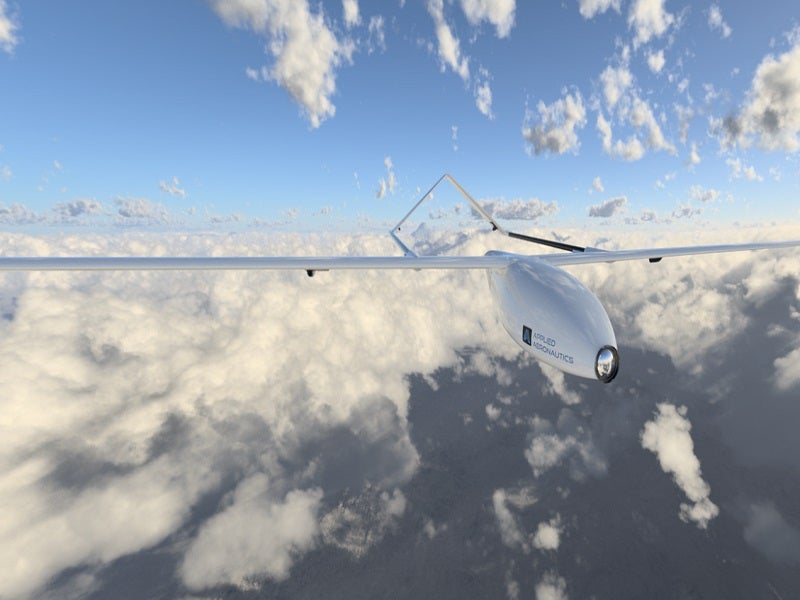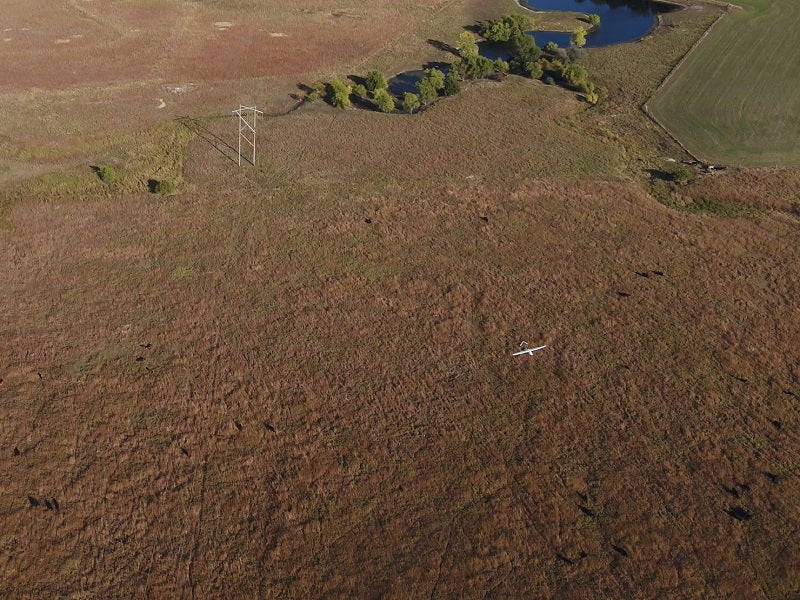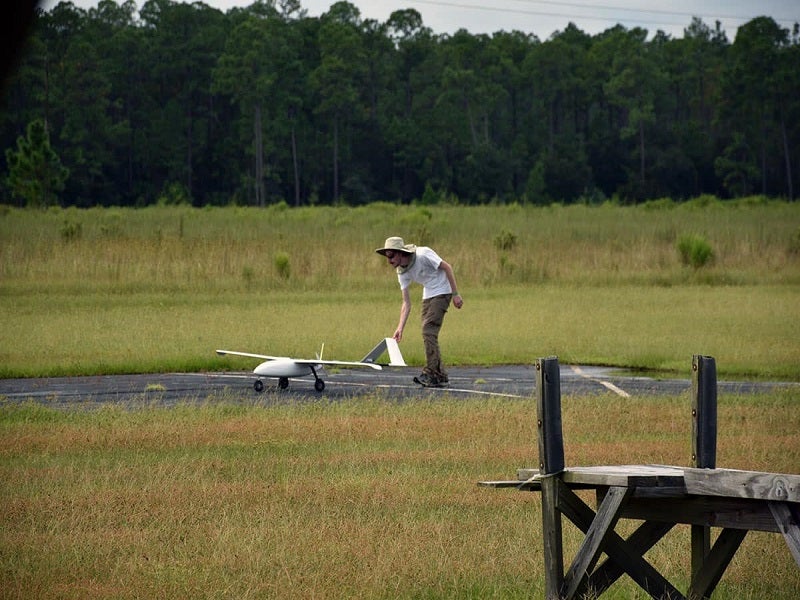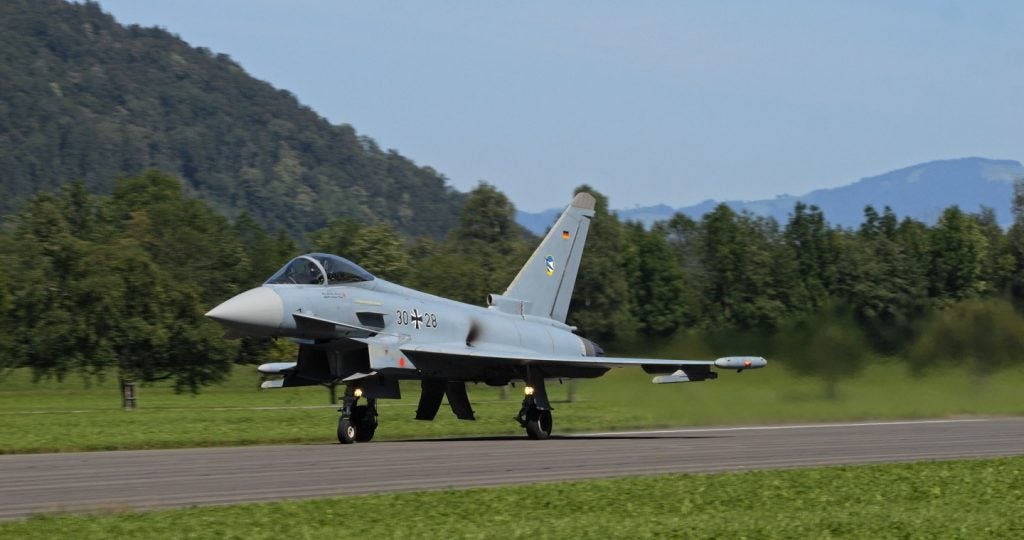Albatross long-range unmanned aerial system (UAS) is being offered by Applied Aeronautics, a drone manufacturer based in the US. The fixed-wing UAS is fully customisable to accommodate customer-specific payloads.
The Albatross UAV is manufactured at Applied Aeronautics’ facility in Austin, Texas. It was fully integrated with Iris Automation’s Casia detect-and-avoid (DAA) solution in October 2021. The DAA solution provides beyond visual line of sight (BVLOS) capability to the aircraft.
The Albatross UAV can support counter-terrorism operations, emergency communication networks, border and coastal surveillance, anti-piracy operations, and perimeter surveillance and monitoring.
Design and features of Albatross UAV
The Albatross UAV features a lightweight carbon fibre and fibreglass composite airframe, while its forward landing gear is made of steel. Designed in a slight trapezoidal shape, the fuselage reduces drag and interference.
The glide ratio of the unmanned aircraft is 30:1. Its wing features an optimised foil and a forward-swept planform, ensuring low stall speeds and a large cruise window, while the twin tail boom design of the UAV integrates an inverted V tail configuration.
The unmanned aerial system has built-in wing component bays to hold receivers, transmitters and GPS units. It has a wingspan of 3m, while the fuselage measures 0.74m long, 0.2m wide and 0.15m high. The maximum take-off weight (MTOW) and payload carrying capacity of the aircraft is more than 10kg and 4.4kg, respectively.
The UAV is being offered to customers in multiple configurations such as an airframe, DIY kit, and fully autonomous ready-to-fly aircraft. The compact dimensions of the aircraft ensure easy transportation and storage.
Payload and communication systems
The long-range UAV uses open-source software that can support the integration of customer-specific payloads. Its dedicated payload bay can accommodate commercial off-the-shelf (COTS) payloads such as thermal, hyperspectral, red, green, and blue (RGB) sensors, and electro-optical/infrared (EO/IR) payloads.
The drone employs an analogue link for unencrypted video transmission at a frequency of 1.3GHz and a digital payload link for encrypted video transmission at 5.8GHz frequency.
The telemetry data link ensures digital data transmission at a frequency of 915MHz and ensures a maximum range of approximately 40km. The command and control link transmits signals at an ultra-high frequency of 443MHz and provides a typical range of 40km.
The standard communication range of the Albatross UAV is 2km, while the maximum communication range of the aircraft is 50km.
The Casia collision avoidance system enables the remotely controlled aircraft to view and react to the air traffic around it to provide a high degree of situational awareness to the remote pilots and enhance the overall airspace safety. The technology employs computer vision algorithms to classify and detect other aircraft to make intelligent decisions about the threat and sends an alert to execute collision avoidance manoeuvres.
Propulsion and performance of Albatross UAV
The Albatross UAV is equipped with an all-electric propulsion system powered by lithium-ion batteries with varying capacities in line with the maximum take-off weight. The UAV is nearly silent in flight and can attain a maximum speed of 129km/h and a maximum range of approximately 250km.
The cruise speed of the unmanned aircraft is 68km/h, while its maximum endurance is up to four hours.
The drone can take off from runways, paved and unpaved roads, and cut grass. The maximum distance required for the take-off of the UAV is 100m.









